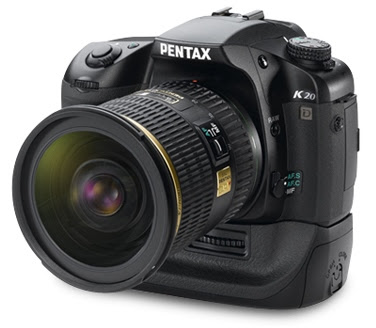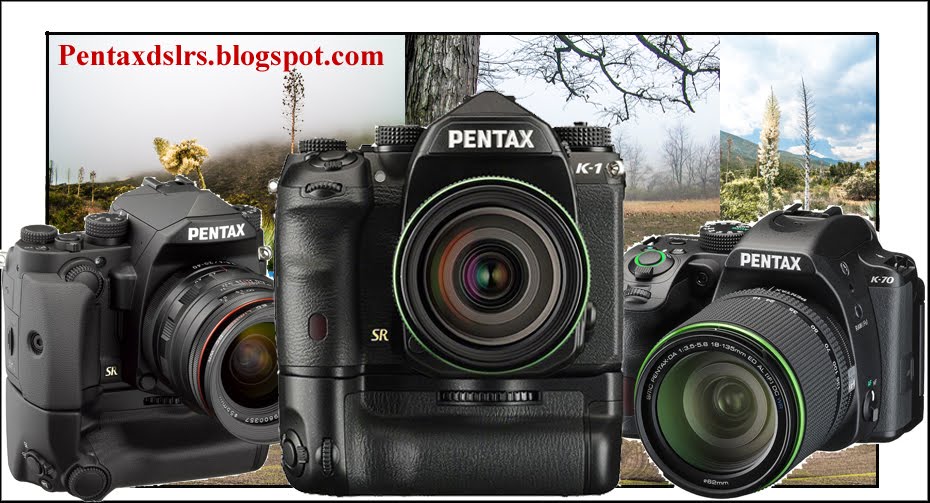 This post is a brief reasoning (my own, mind you) of why you should shoot RAW. A full twenty pages could have been written, but I tried to keep it short and simple. There are also many reasons why you should shoot in RAW mode, and so few reasons why you should shoot in JPEG mode. See the reasons at the end of this post.
This post is a brief reasoning (my own, mind you) of why you should shoot RAW. A full twenty pages could have been written, but I tried to keep it short and simple. There are also many reasons why you should shoot in RAW mode, and so few reasons why you should shoot in JPEG mode. See the reasons at the end of this post.What is Raw Mode anyway?
When a DSLR takes an exposure, the sensor records the amount of light that has hit each photo site or pixel. This is recorded as a voltage level. The camera's A/D converter (Analog to Digital converter) transforms this analog signal into a digital interpretation. Depending on the camera's circuitry either 12 bit or 14 bit (Pentax K20D) or even 22 bit in the case of the Pentax K10D) of data are recorded. If your DSLR records 12 bit of data then each pixel can deal with with 4,096 brightness levels, if it records14 bit then it can record 16,384 different brightness levels and if it records 22 bit like the K10D, it can record 4.2 million different brightness levels or gradations. What happens after you've taken the photograph depends on whether you have the camera set to save your image to the memory card as RAW files or JPEG. If you've saved the file in RAW mode, you can later convert it to a TIFF file or PSD file in a 16 bit workspace or even JEPG in an 8 bit workspace (With only 256 brightness level or gradation), using a RAW converter software package. Of course, your DSLR can convert to JEPG in-camera, rendering a compressed lossy file.
Shooting and saving in RAW
If you are shooting a RAW image, the camera creates a header file which contains all of the camera settings, including sharpening level, contrast and saturation settings, white balance, and more. The image is not altered by these settings; they are simply attached onto the RAW image data. The RAW data is then saved to your memory card along with the meta-data.
Shooting and saving in JPEG
First, did you know that sensors cannot record colors? A Bayer Matrix/color Filter Array is used in order to record colors. Red, blue, and green filters are placed over each pixel. Half of the pixels are filtered by the green filter and the remaining colors are either red or blue. A proprietary algorithm is used to convert the values recorded by each pixel by comparing each pixel with its neighboring colors. Full color information is consequently derived from this complex process. It’s a wonder that such small “in-camera computer chips” can do this job at all. The in-camera conversion of the RAW file to a JPEG file also applies some Unsharp Masking, contrast, color saturation and save the results to an 8 bit mode file. The brightness level or gradation is now reduced to 256 levels. The resulting JPEG file is compressed to reduce the file size as a lossy file format. To attain this, the in-camera processing has to throw away information, which cannot ever be recuperated.
Differences
RAW file is basically the data that the DSLR sensor recorded along with some additional information added on and non-destructive. A JPEG is a file that has had the camera apply matrix conversion, white balance, contrast, and saturation, and then has had some level of destructive compression added. Also note that each manufacturer decides for you what conversion should be applied to the JPEG file.
Why shoot JPG?
Because you are scared to make the plunge to RAW, like I did. (Once you do, you will forever wonder why you didn’t switch sooner.)
Files are smaller and more can fit on a memory card. (Memory is getting cheaper all the time and this reason is somewhat not valid anymore.)
For many applications, JPEG image quality is more than sufficient (Snapshots, emails, computer screen rendition only) (That may be true, but why not keep your image in a non-destructive RAW file and convert to JPEG as needed, while keeping the original data intact?)
Smaller files are easily transmitted wirelessly and online. (Again, that may be true, but why not keep your image in a non-destructive RAW file and convert to JPEG as needed, while keeping the original data intact?)
Many photographers don't have the time or desire to post-process their files. (This is like saying that you like your food well cooked, but don’t have the time to do so.)
Why shoot RAW?
It holds exactly what the sensor recorded. You are able to extrapolate the best possible image quality, now or in the future. Better image processing software will come along and you will be able to re-process old images in their RAW form with better software.
You can set any color temperature or white balance you want after the fact, with no image degradation.
File color filter array conversion is done on a computer with a fast and powerful microprocessor when compared to the small in-camera processor.
The RAW file is tagged with information as set in the camera by the user, but the actual image data has not been changed. You are free to set parameters based on each image evaluation. You can change your mind now or in the future as the RAW file is non-destructive.
Summary
Every DSLR is actually always shooting in RAW mode. If you choose to save the file as a JPEG, you are committing to the RAW conversion that is built into the DSLR. If you save your image in RAW, you can do the conversion on a more sophisticated platform, and do so time after time. Do you want to do the RAW file conversion now in your DSLR with the manufacturer’s preferences, or later on your powerful computer, the way you like it? Certainly anyone looking for the best possible image quality will want to shoot in RAW mode. Why would you purchase a sophisticated DSLR, such as the Pentax Line of DSLRs, if you don’t intend to use it to its full potential?

Thank you for reading, and have a great Pentax Day.
P.S. You don't have top agree with me, let me know your point-of-view.








 Hi,
Hi, 





















 Isn’t technology great?
Isn’t technology great?


 It's strange how my K10D wouldn't focus on some part of the writing in this image!
It's strange how my K10D wouldn't focus on some part of the writing in this image!


